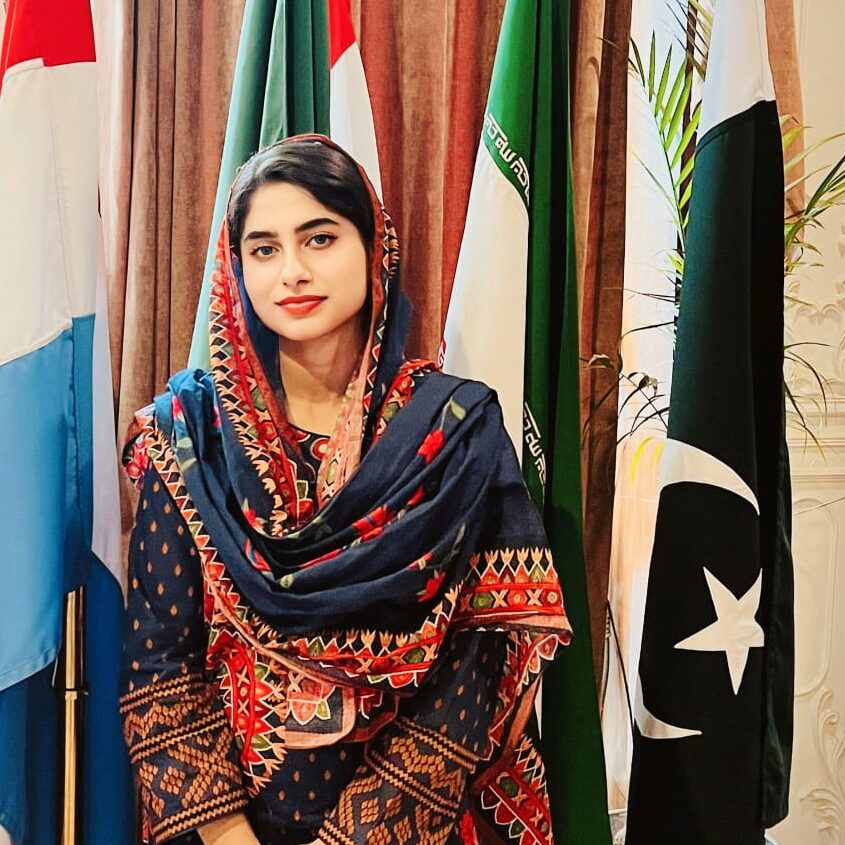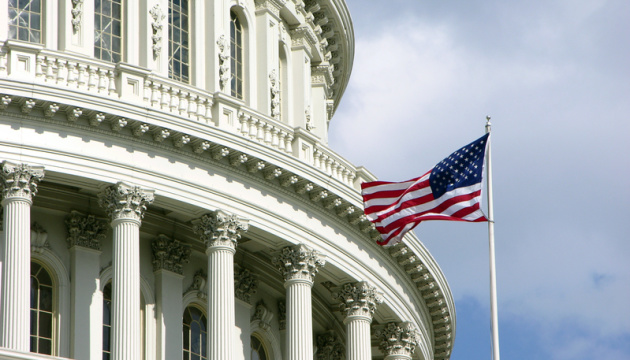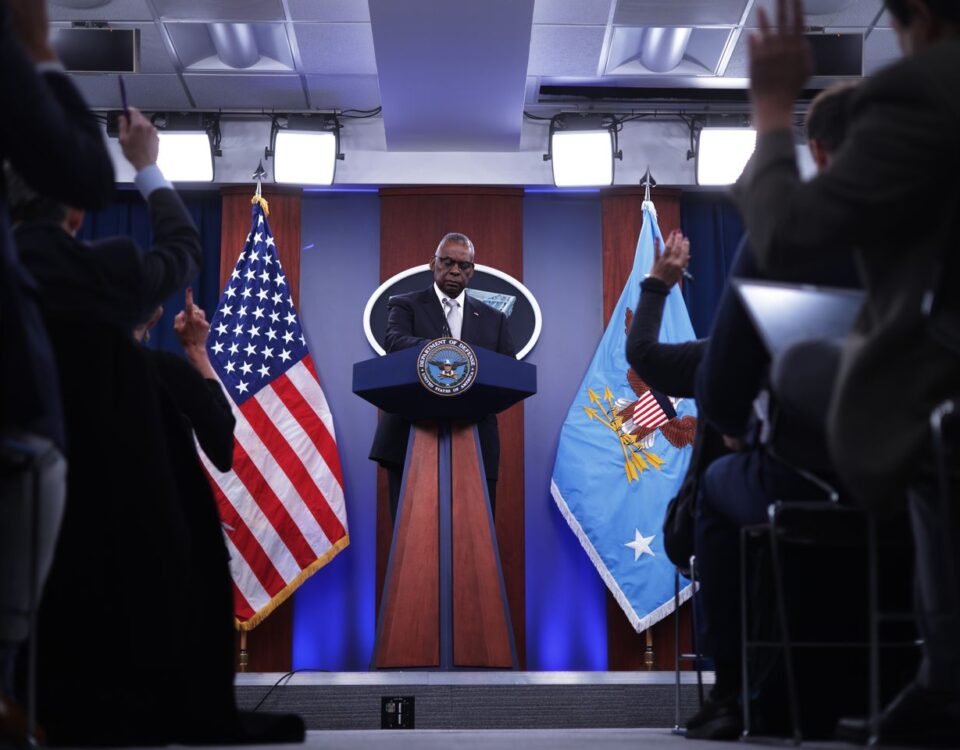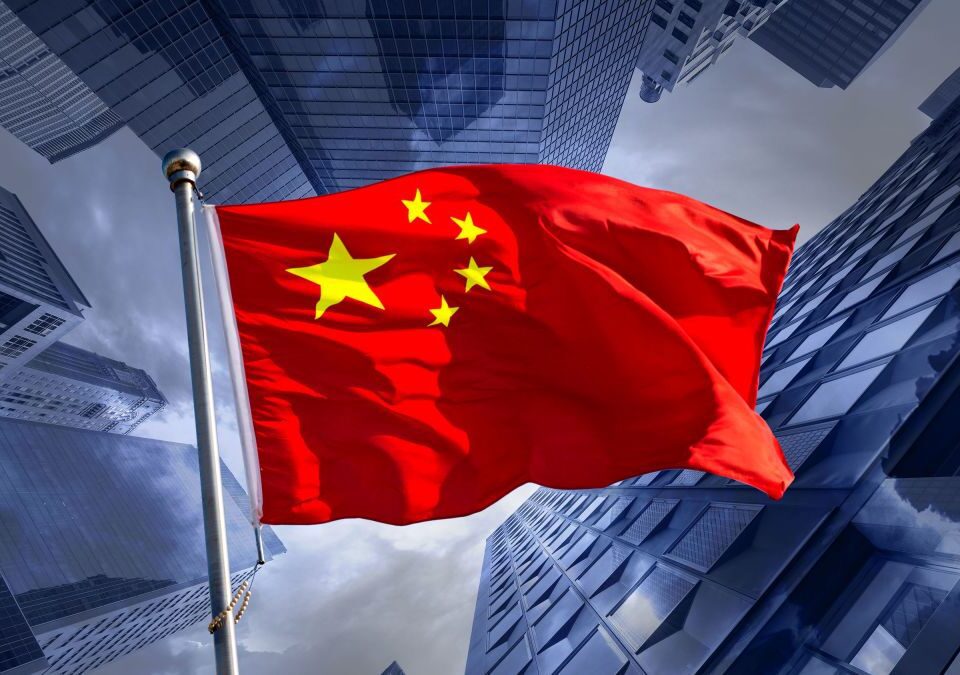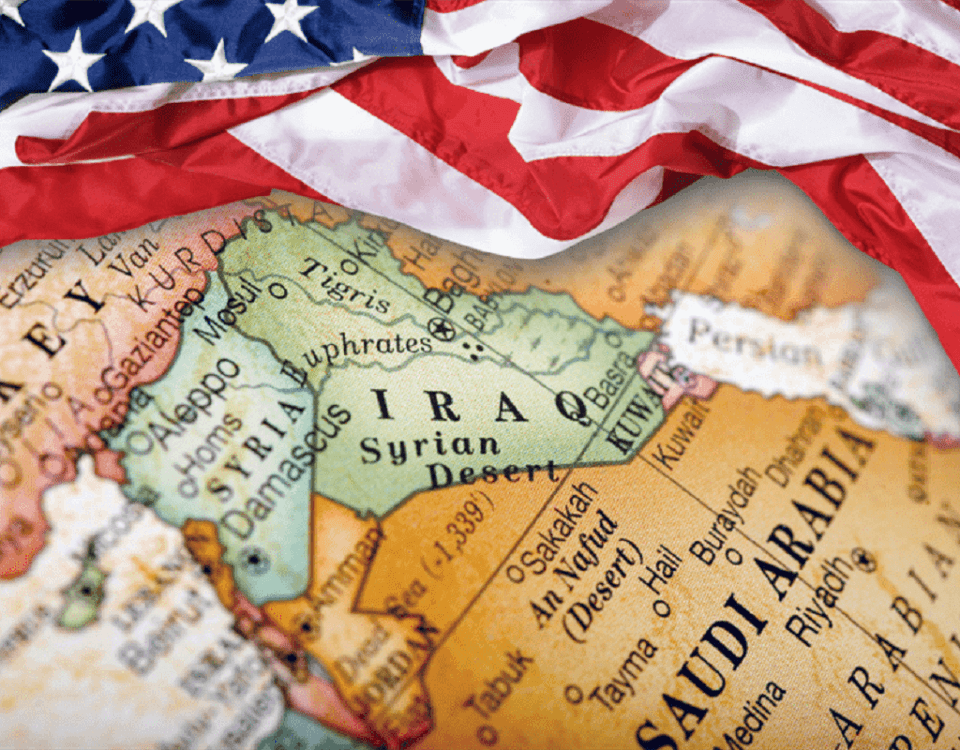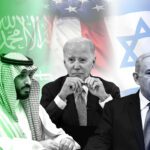
Normalization of Israel-Saudi Ties- A Long Way off?
September 16, 2023
Can Ukraine Resume Its Role as a Major Grain Exporter?
September 18, 2023
By Amara Malik
The BRICS nations, comprising Brazil, Russia, India, China, and South Africa, are pursuing a de-dollarization plan to reduce their reliance on the US dollar and challenge its dominance in the global financial system. This involves shifting away from the US dollar as the primary currency for international commerce, investment, reserves, and payments. The BRICS nations aim to reduce exposure to risks like currency volatility, inflation, sanctions, and financial instability, and to gain greater autonomy and dominance in the US-dominated global finance system.
For these purposes, BRICS has opted for several strategies, which include deciding on trade and investment deals in local currencies or a basket of currencies that includes the currencies of the BRICS. As a result, there would be less need to change money into and out of US dollars, which minimizes transaction costs and risks. For instance, China and Russia have inked several agreements that leverage their respective national currencies for trade across borders in the agricultural, energy, and other industries. Likewise, India and Iran have agreed to use the Indian Rupee for Iranian oil purchases.
Moreover, the creation of financial organizations and agreements that offer substitutes for those dominated by the US, such as the IMF, the World Bank, or the SWIFT system. For the BRICS nations and other emerging nations, this boosts the availability and accessibility of financial resources and services. To assist infrastructural development and financial stability in the BRICS and other developing economies, the BRICS, for instance, have established the New Development Bank (NDB) and the Contingent Reserve Arrangement (CRA). To make cross-border payments between the BRICS countries easier, the group has also created its payment system, known as BRICS Pay.
Additionally, the rise in the BRICS countries’ currencies’ use and influence on the world’s financial markets, particularly in areas like foreign exchange reserves, bond issuance, and commodity pricing. This lessens the BRICS currencies’ dependency on the US dollar and increases their internationalization and desirability. With the Belt and Road Initiative (BRI), the Cross-Border Inter-bank Payment System (CIPS), and the Shanghai Gold Exchange (SGE), for instance, China has been pushing the use of its currency, the renminbi or yuan, in international commerce and investment. As part of its de-dollarization goal, Russia has been boosting its gold reserves while decreasing its holdings of US dollars.
However, despite opting for these strategies there are several hurdles in the success road of BRICS. For instance, Argentina, Egypt, Ethiopia, Iran, Saudi Arabia, and the United Arab Emirates are the six new members of the BRICS, the bloc’s size will more than double as a result of this enlargement, which is intended to increase its global influence and advance the interests of developing nations. A closer examination of the BRICS, however, reveals that it is a weak and shaky coalition lacking a clear mission, a shared objective, and a well-coordinated strategy.
It is because of its diverse and divided groups, as BRICS is a complex and fragmented organization that includes many political and economic ideologies as well as social and structural patterns, as well as cultural and geopolitical objectives. A Goldman Sachs analyst first used the acronym “BRIC” in 2001 to refer to four rapidly expanding economies that he believed would jointly control the world economy by the year 2055, but the BRICs were never meant to be an official international organization or political coalition. They were just identified as prospective worldwide investment possibilities, but now they have come together more and more as a geopolitical bloc, with their governments convening formally every year at summits to coordinate international policy. The New Development Bank, the BRICS Contingent Reserve Arrangement, the BRICS payment system, the BRICS Joint Statistical Publication, and the BRICS basket reserve currency are only a few of the measures they have started to counteract the West’s dominance in global governance.
These programs, however, have not been very effective or successful in accomplishing their declared objectives. As, the New Development Bank has come under fire for lacking transparency, responsibility, and environmental and social norms. Furthermore, the IMF has dominated and mostly ignored the BRICS Contingent Reserve Arrangement. Other regional and international payment systems compete with the BRICS payment system, which is not yet fully operationalized. The most recent revision to the BRICS Joint Statistical Publication was in 2018. As a substitute for the US dollar, the BRICS basket reserve currency has not gained widespread acceptance or recognition.
In addition to this, significant internal tensions and divisions are one of its drawbacks that threaten their unity and cooperation. These divisions include authoritarian states like China and Russia, democratic nations like Brazil and India, and middle-income nations like Brazil and South Africa. India and China are competing for regional leadership and influence in Asia, specifically in South Asia, while Russia and China are partners against the West and share interests in Eurasia. Plus, Putin’s act of not attending the recent meeting due to South Africa’s stance against Russia for its war in Ukraine
illustrates a lack of unity, Middle Eastern rivals Saudi Arabia and Iran also vie for political and religious influence, while South American rivals Argentina and Brazil disagree on trade and integration. These disputes and divisions make it difficult for the BRICS to reach a consensus on a shared vision, agenda, and cohesive strategy, and hinder their ability to coordinate their stances on various local and international concerns.
Furthermore, the BRICS are a feeble and inefficient player with little influence on the world order. The BRICS has not been able to convert its economic dominance into political influence or leadership despite its outstanding size and potential. The UN Security Council, the IMF, and the World Bank are some of the current organizations of global governance that the BRICS have not been able to alter or change. In terms of global collaboration or development, the BRICS have not been able to provide an alternative or paradigm. The key issues or crises that the world is now facing have not been addressed or resolved by the BRICS.
It is an inefficient and fragile representation of the developing world, as it lacks representation of many populous emerging nations, disregards the diverse cultures and ambitions of the developing world, and does not collaborate with other regional organizations. It also lacks the capacity and resources to carry out its programs, such as a permanent secretariat, sufficient financial or technical resources for the development bank and reserve arrangement, and sufficient institutional or human resources for its payment system and statistical publication. Furthermore, the BRICS lacks political and diplomatic clout to advance their global goals or basket reserve currency.
Therefore, the BRICS lacks unity and solidarity, with a lack of shared objectives and a lack of shared vision. Their leadership and coordination systems are weak and ineffective, and engagement among members is low. This weak and confused alliance has little influence on the international system and experiences internal disputes. It is a failing experiment that needs reform or replacement with a more balanced, competent, and cohesive organization.
The writer is a student of International Relations at NDU Islamabad.
